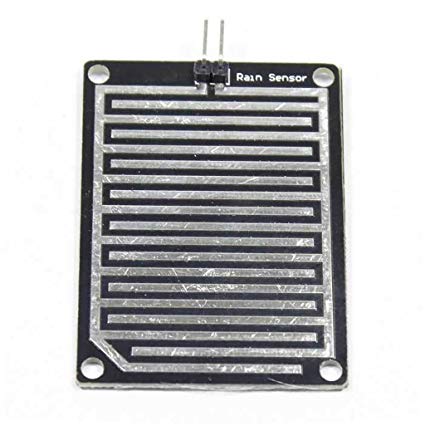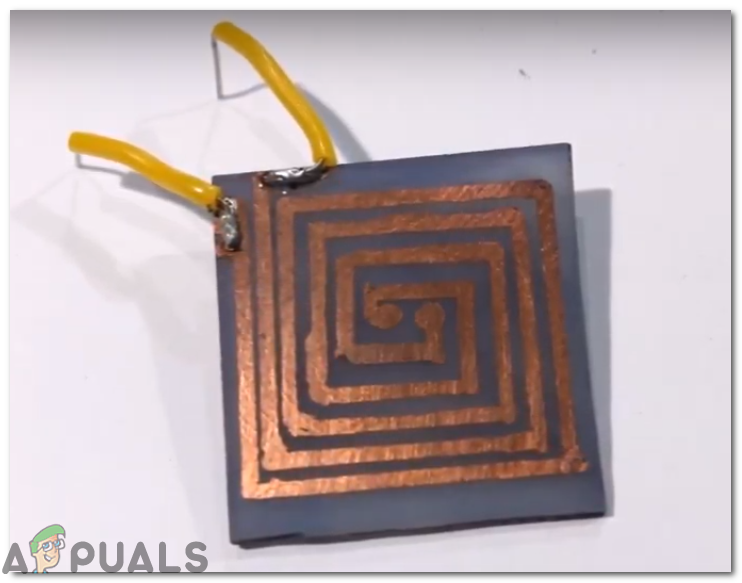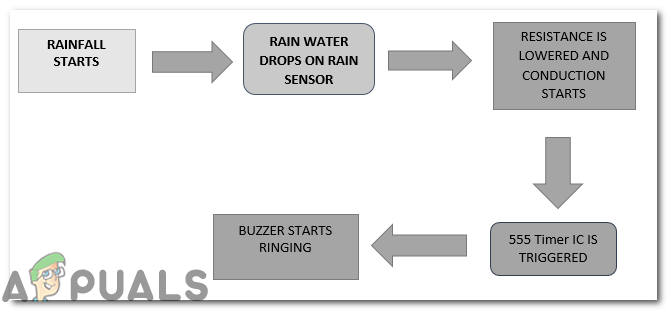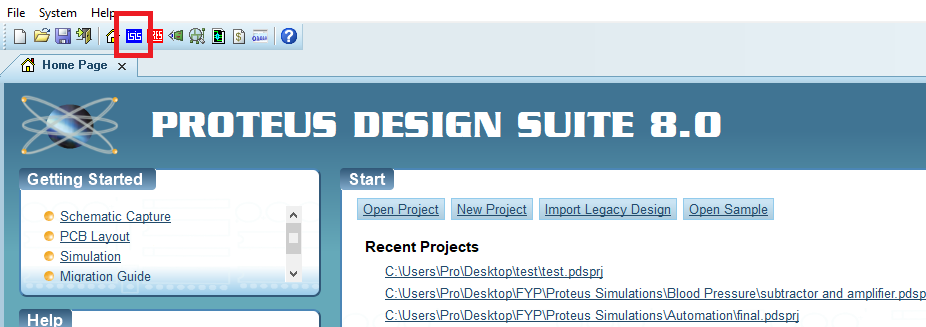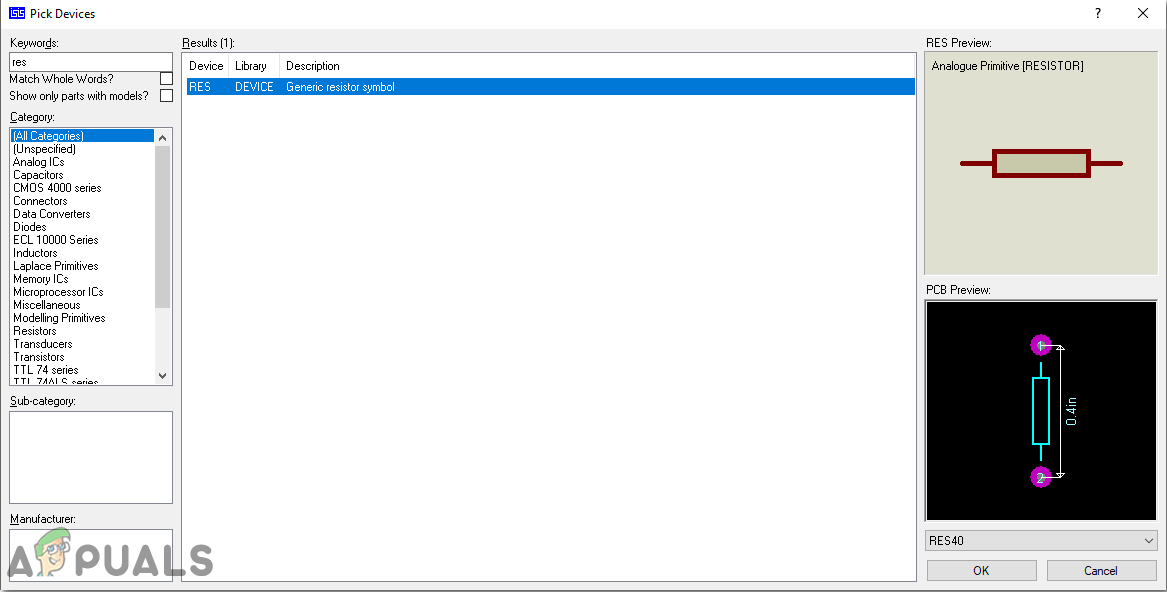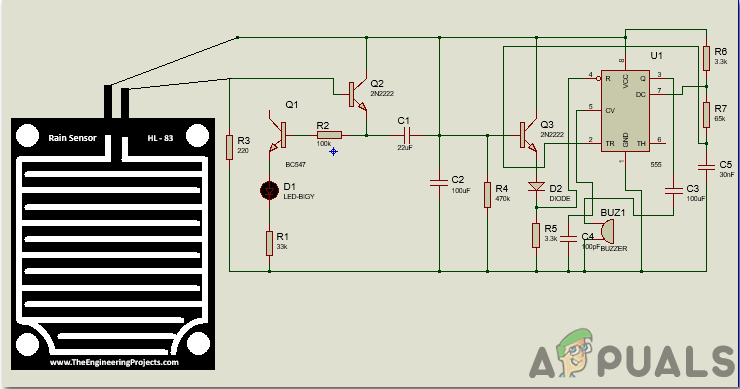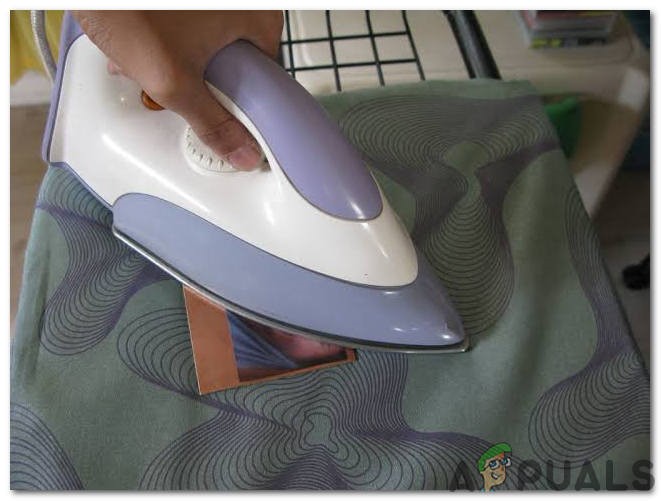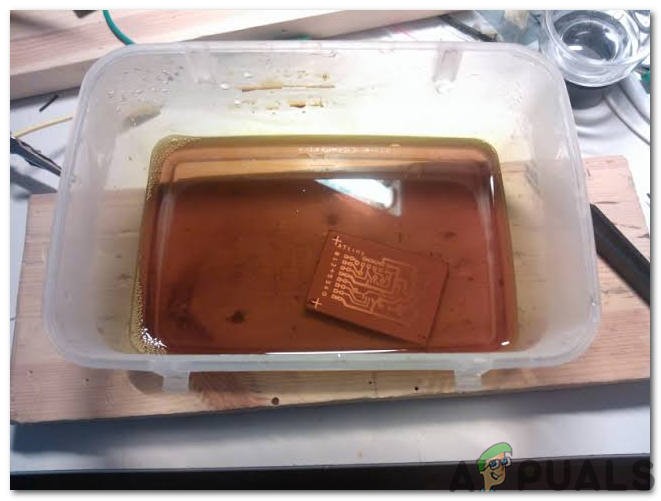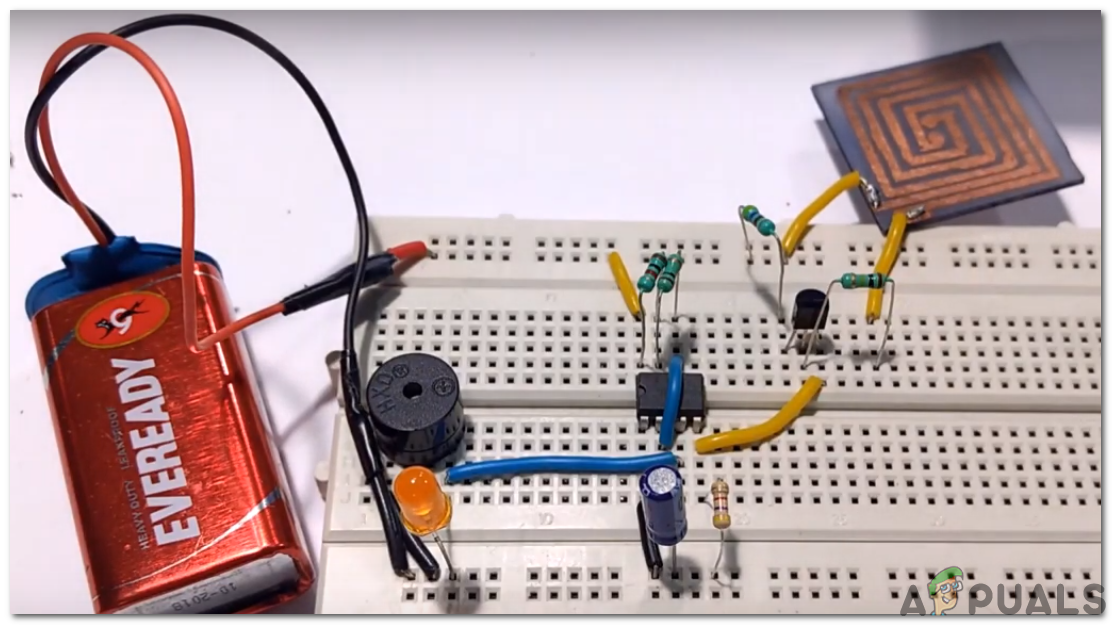How To Integrate Basic Electrical Components For Designing Rainsensor Circuit?
Now, as we have the basic idea of our project, let’s move towards collecting the components, designing the circuit on software for testing and then finally assembling it on hardware. We will make this circuit on a PCB board and then place it at a suitable place so that whenever rain starts we can be notified by the alarm.
Step 1: Components Needed (Hardware)
Step 2: Components Needed (Software)
After downloading the Proteus 8 Professional, design the circuit on it. We have included software simulations here so that it may be convenient for beginners to design the circuit and make appropriate connections on the hardware.
Step 3: Studying The Components
Now as we have made a list of all the components that we are going to use in this project. Let us move a step further and go through a brief study of all the main hardware components. Raindrop Sensor: The raindrop sensor module detects rainfall. It works on the principle of Ohm’s Law. (V=IR). When there is no rain the resistance on the sensor will be very high because there is no conduction between the wires in the sensor. As soon as the rainwater starts to fall onto the sensor the conduction path is made and the resistance between wires is reduced. When the conduction is reduced the electric component that is connected to the sensor is triggered and it’s state changes. This sensor can also be made at home if we have the PCB board. Those who don’t want to purchase this sensor can make it at home by making a pulse train pattern with the help of a sharp thing like a knife. The diameter of the pulses should be approximately 3 cm and the same pattern can be made as shown in the above picture. I have made this sensor at home and attached the picture below: 555 Timer IC: This IC has a variety of applications like providing time delays, as an oscillator, etc. There are three main configurations of the 555 timer IC. Astable multivibrator, monostable multivibrator, and bistable multivibrator. In this project, we will use it as an Astable multivibrator. In this mode, the IC acts as an oscillator that generates a square pulse. The frequency of the circuit can be adjusted by tuning the circuit. i.e. by varying the values of capacitors and resistors that are used in the circuit. The IC will generate a frequency when a high square pulse is applied to the RESET pin. Buzzer: A Buzzer is an audio signaling device or a loudspeaker in which a piezoelectric effect is used to produce sound. A voltage is applied to the piezoelectric material to produce an initial mechanical motion. Then the resonators or the diaphragms are used to convert this motion into an audible sound signal. These speakers or buzzers are comparatively easy to use and have a wide range of applications. For example, they are used in digital quartz watches. For ultrasonic applications, the operate well in the range of 1-5 kHz and up to 100 kHz. BC 548 NPN Transistor: It is a general-purpose transistor that is used for two main purposes mostly (Switching and amplification). The range of gain value for this transistor is between 100-800. This transistor can handle a maximum current of about 500mA hence it is not used in the type of circuit that has loads that operate on larger amperes. When the transistor is biased it allows current to flow through it and that stage is called saturation region. When the base current is removed transistor is off and it goes in fully Cut-off region.
Step 4: Block Diagram
We have made a block diagram to easily understand the working principle of the circuit.
Step 5: Understanding The Working Principle
After assembling the hardware we will see that as soon as the water is dropped onto the rain sensor the board will start conducting and as a result both of the transistors will turn ON and hence the LED will also turn ON because it is connected to the emitter of transistor Q1. When the transistor Q2 goes in saturation region the capacitor C1 will behave as a jumper between both of the transistors Q1 and Q3 and it will be charged by resistor R4. When Q3 goes in the saturation region the RESET pin of 555 timer IC will be triggered and a signal will be sent at the output pin 3 of the IC at which the buzzer is connected and hence buzzer will start ringing. When there will be no rain there will be no conduction and resistance of the sensor is very high, hence the RESET pin of IC is not triggered resulting in no alarm.
Step 6: Simulating the circuit
Before making the circuit it is better to simulate and examine all the readings on a software. The software we are going to use is the Proteus Design Suite. Proteus is a software on which electronic circuits are simulated.
Step 7: Making a PCB Layout
As we are going to make the hardware circuit on a PCB, We need to make a PCB layout for this circuit first.
Step 8: Circuit Diagram
After making the PCB layout the circuit diagram will look like this.
Step 9: Setting Up The Hardware
As we have now simulated the circuit on software and it is working perfectly fine. Now let us move ahead and place the components on PCB. A PCB is a printed circuit board. It is a board fully coated with copper on one side and fully insulating from the other side. Making the circuit on the PCB is comparatively a lengthy process. After the circuit is simulated on the software, and its PCB layout is made, the circuit layout is printed on a butter paper. Before placing the butter paper on the PCB board use the PCB scrapper to rub the board so that the copper layer on board is diminished from top of the board. Then the butter paper is placed on the PCB board and ironed until the circuit is printed on the board (It takes approximately five minutes). Now, when the circuit is printed on the board, it is dipped into the FeCl3 solution of hot water to remove extra copper from the board, only the copper under the printed circuit will be left behind. After that rub the PCB board with the scrapper so the wiring will be prominent. Now drill the holes in the respective places and place the components on the circuit board. Solder the components on the board. Finally, check the continuity of the circuit and if discontinuity occurs at any place de-solder the components and connect them again. It is better to apply hot glue using a hot glue gun on the positive and negative terminals of battery so that the terminals of battery may not be detached from the circuit.
Step 10: Testing The Circuit
After assembling the hardware components on the PCB board and checking the continuity we need to check whether our circuit is working properly or not we will test our circuit. Firstly, we will connect the battery and then we will drop some water onto the sensor and check whether the LED starts glowing and the buzzer starts ringing or not. If this happens it means that we have completed our project.
Applications
Fix: Risk of Rain Black ScreenHow to Fix Risk of Rain 2 Multiplayer not Working on Windows?How to Measure Heart Rate using Heart Beat Sensor?How To Make A Floor Cleaning Robot Using Ultrasonic Sensor?

